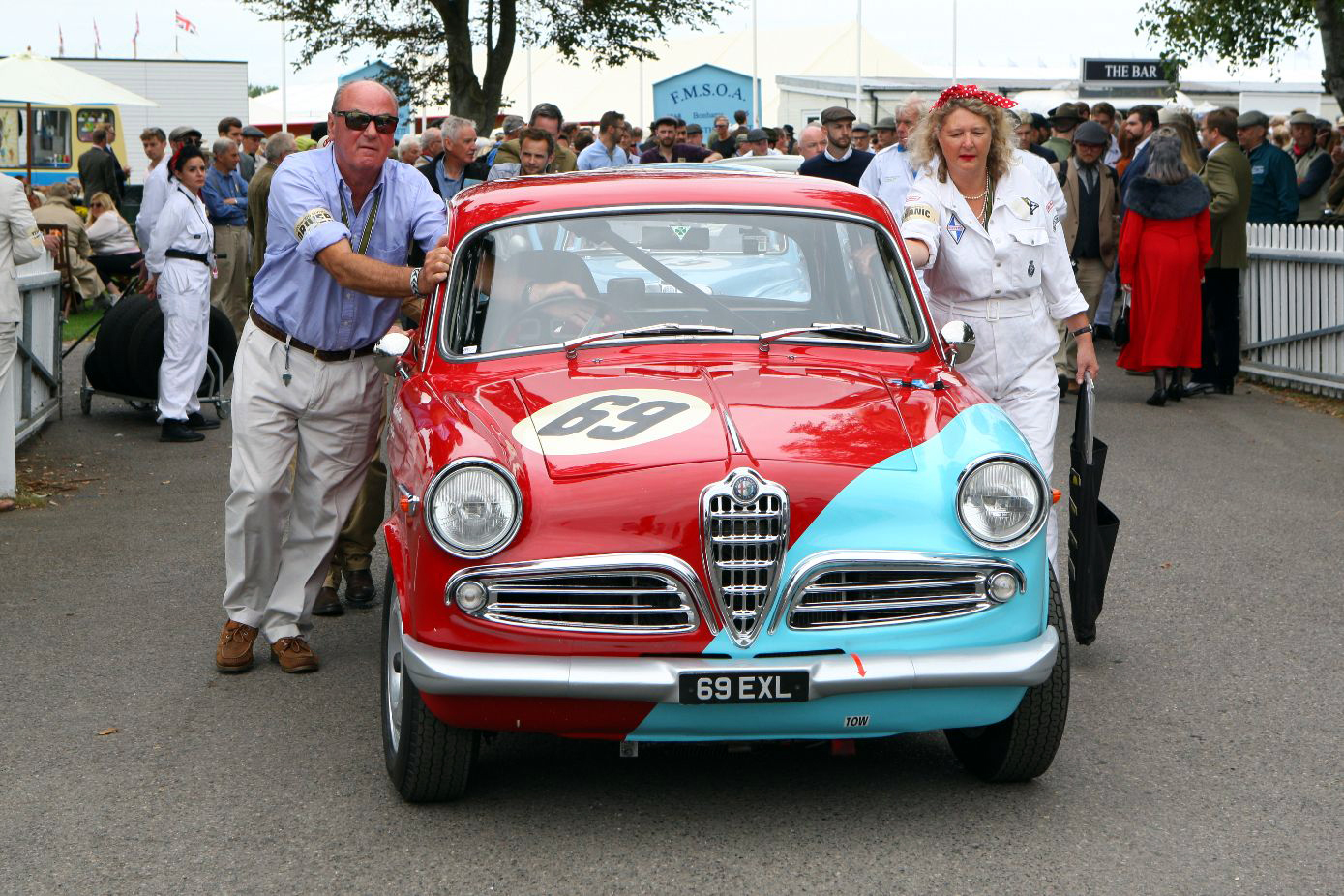By Jackie Jouret
Photos courtesy The BMW Archive
Following its near-death experience at the end of 1959, BMW announced its renaissance at the Frankfurt auto show of September 1961. The Giovanni Michelotti-designed 1500 drew huge crowds, and the all-new midsize sedan tended to overshadow the other cars on the BMW stand. That’s a shame, because two of those cars were also making their debut: a convertible version of the popular 700 microcar—another Michelotti design—and the 3200 CS coupe wearing stylish bodywork designed by a young Giorgetto Giugiaro at Bertone.










